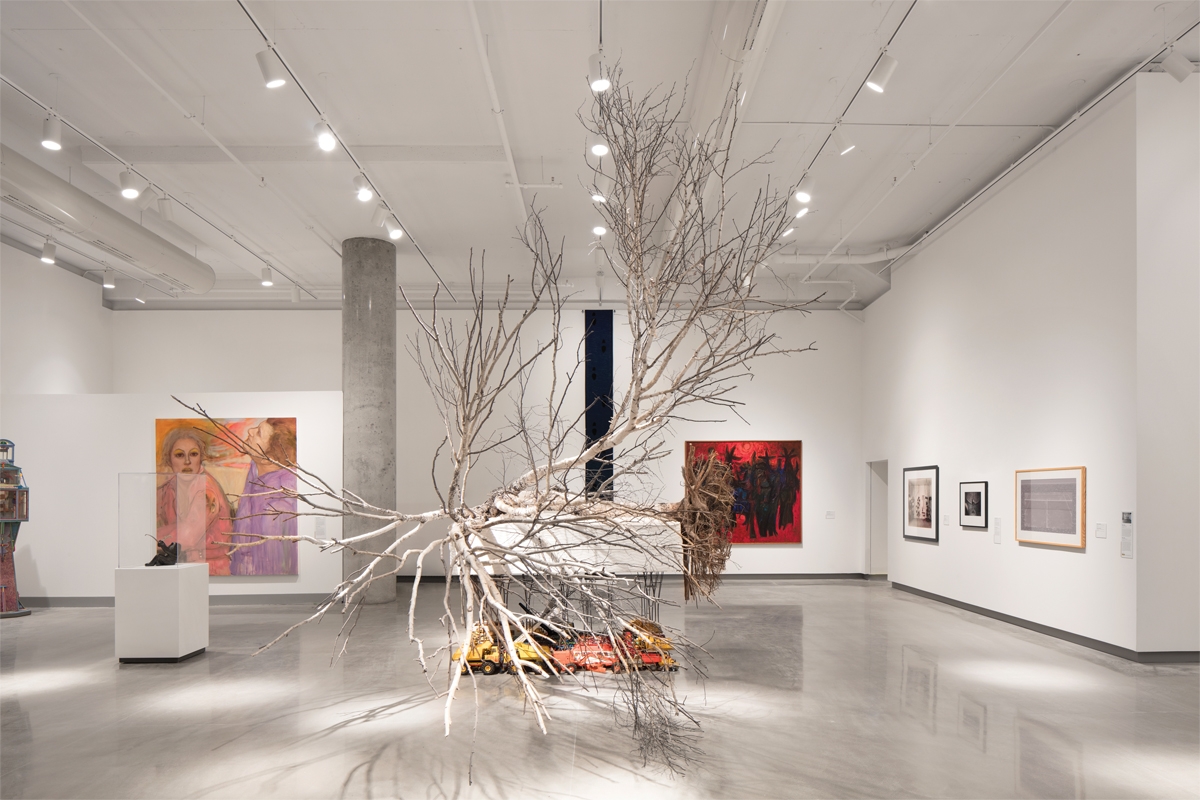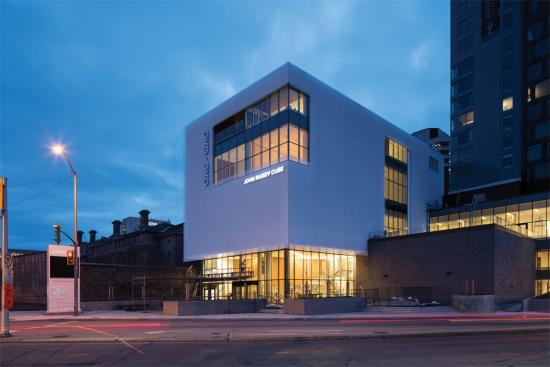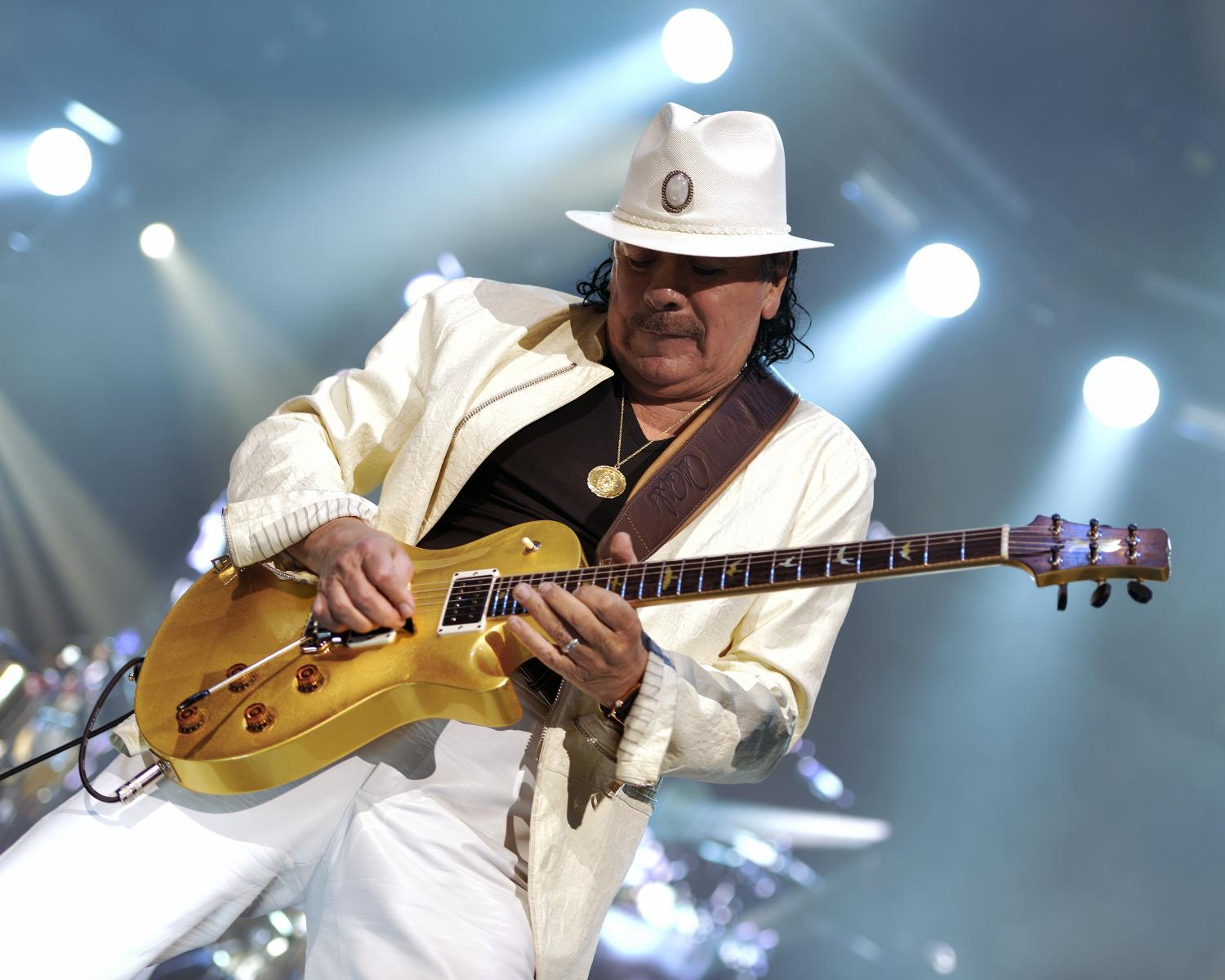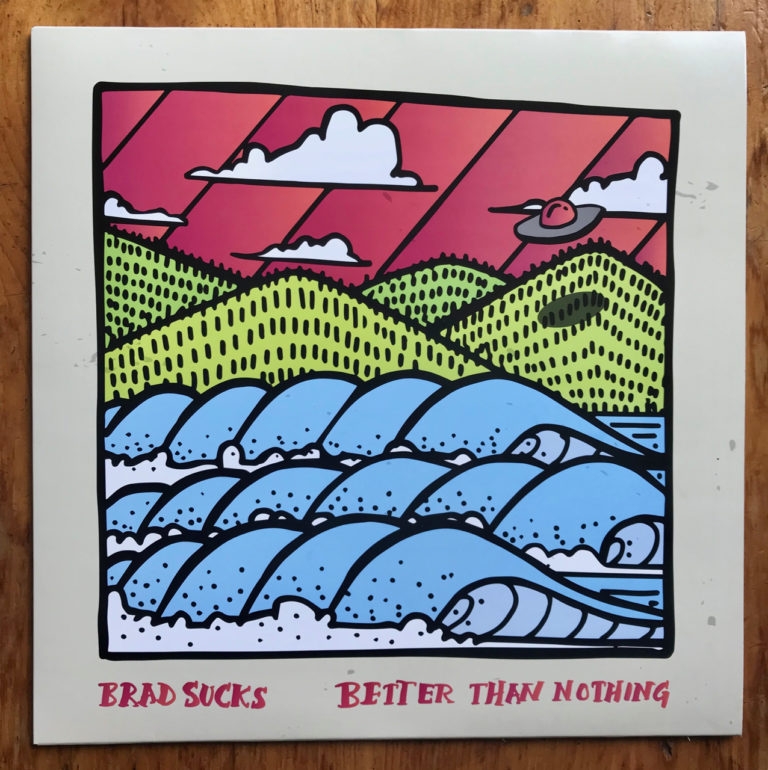
Revitalized Ottawa Art Gallery Spotlights 6,500 Years of Regional Art
Feature photo courtesy of OAG
It has been a long time coming but Ottawa’s ever expanding art collection now has a glorious new home in the expanded Ottawa Art Gallery (OAG). For the local art community, the cutting of the ribbon on this vibrant exhibition palate was not just welcome, it was a much needed embracing of art and artists in the National Capital Region.
The OAG has had strong links to Ottawa’s artists since inception when the then named The Gallery at Arts Court was opened in 1988. While the National Gallery served to showcase works over a larger global spectrum, the smaller gallery inside the old County Courthouse building (built in 1870 and designed by architect Robert Surtees) looked to give the city and surrounding area talent a bigger spotlight of their own. It wasn’t as though there was a lack of work to display either. A survey of local art conducted in the Hall of Commerce Building at Lansdowne Park in 1975 revealed over 300 pieces by 156 artists in need of wall and floor spaces.
Mayo Graham was brought on as the first director and curator of the gallery and in the coming years the location would see the OAG name change as well as its official designation as Ottawa’s Municipal Gallery. This served as a fresh start for the main gallery spaces and included the unveiling of the Firestone Gallery to house the extensive collection of twentieth-century Canadian art amassed by city residents O.J and Isobel Firestone. Though praised by many as a vital showcase of Ottawa’s past and present artworks, the additional expansion of the mostly dimly lit rooms of the original gallery inside Arts Court has had its supporters for decades. Mayor Jim Watson would note upon his first visit while still city councilor that the facility needed something more.
After three decades, more has now arrived.

“Finally we have a home for the arts that is worthy of the artistic talent in the city,” beams OAG Director and CEO, Alexandra Badzak as brightly as the new John Ruddy Cube lighting up the Ottawa skyline.
With it, the Capital’s cultural landscape is seeing an elevation. Six floors, to be exact. After many years of hard work, the re-opening of the OAG on April 28 was a momentous moment in the city’s artistic community that fittingly included an inaugural exhibition honoring 6,500 years of making art in Ottawa-Gatineau.
Packed into a former parking lot by Arts Court, the rejuvenated OAG is part of a $100-million facelift that also factors into the mix a condo, hotel and classrooms for the University of Ottawa’s theatre program. Though coinciding with the revitalization of Ottawa’s downtown core and other projects centered around Canada’s 150th, Badzak – who has served as the OAG’s Director and CEO since 2010 – says that, from the gallery’s humble beginnings 30-years ago, those behind the OAG have always strived for something bigger. A proposal was revealed back in 2008 but the OAG team would have to wait a bit longer for the wheels to really start to roll. People like Badzak and OAG board chairman Lawson Hunter knew that the gallery in its current incarnation was simply unable to support their vision let alone the amount of artwork that could be populating bigger walls.
“Being one of the smallest municipal galleries in Canada, we needed a larger space and one designed, first and foremost as a museum with all the technically specifications that it requires,” says Badzak, adding that, outside of more space for the art, the gallery needed expanded storage areas and other amenities for clients, artists and the public.
“More than anything the OAG needed its own front door to Ottawa, the new building needed to give us presence and profile within the city.”
Thankfully, the two would have a valuable ace up their artistic sleeve when Watson once again found himself in the Mayor’s seat at City Hall in 2010. He would go on to boost the OAG in council as a legacy project and in 2014 the city agreed to bring $100-million to the redevelopment. Despite having originally been denied a requested $9-million by the federal government as extra funding, the team remained optimistic that things would get off the ground sooner rather than later. Their patience would be reward when the feds brought $6.5-million to the table in 2016. Hunter himself donated $100,000. With even a passing glance at the exterior of the new OAG, you can see that every penny was in no way wasted.
Stretching across one city block with entrances off Mackenzie Bridge and Daly Avenue, the gallery will now have 55,000 square feet of programmable spaces instead of the initial 10,000. Visitors can also expect the place to be more luminous and spacious giving art lovers more room to peruse. They’ll have ample opportunity, too, with the inaugural exhibit Àdisòkàmagan / Nous connaître un peu nous-mêmes / We’ll all become stories! This is 193 historical and contemporary works on display by 181 artists in an effort to adequately show the history of art making in the region.
“We have never had the opportunity to tell our story at this scale

before, and it is an amazing, complex and diverse story! You will see contemporary artworks in dialogue with historical pieces,” Badzak says.
Badzak goes on to add that they wanted to first exhibition to be about the region because it was the local artists and cultural leaders who lobbied for the OAG 30 years ago.
“We also had to present the diversity of art making in the region, from the earliest works by Algonquin artists to reaching across the river to represent Francophone artists, to English speaking artists who have called Ottawa home and new Canadians.”
The renovation has also allowed for more dedicated gallery space for the Firestone Collection of Canadian Art which includes works by the beloved Group of Seven. Another gallery holds the growing OAG Permanent Collection with other shifting galleries reserved for contemporary, historical and touring exhibitions. Two outdoor terraces (one overlooking the Peace Tower), a child care facility, multi-propose room and cinema space and the new Jackson café –named after Group of Seven founding member A.Y. Jackson– are also part of the immersive package. Now more expansive, the OAG has had to bulk up in other areas as well.
“We knew we weren’t just building a building but growing an institution for art, so we expanded staff, built new business units, expanded programs as well as having longer hours of operations, and a huge commitment to accessibility,” Badzak says, adding that there were never any down times for the team over the months of construction.
“They put their heart and soul into making the OAG expansion a reality.”









